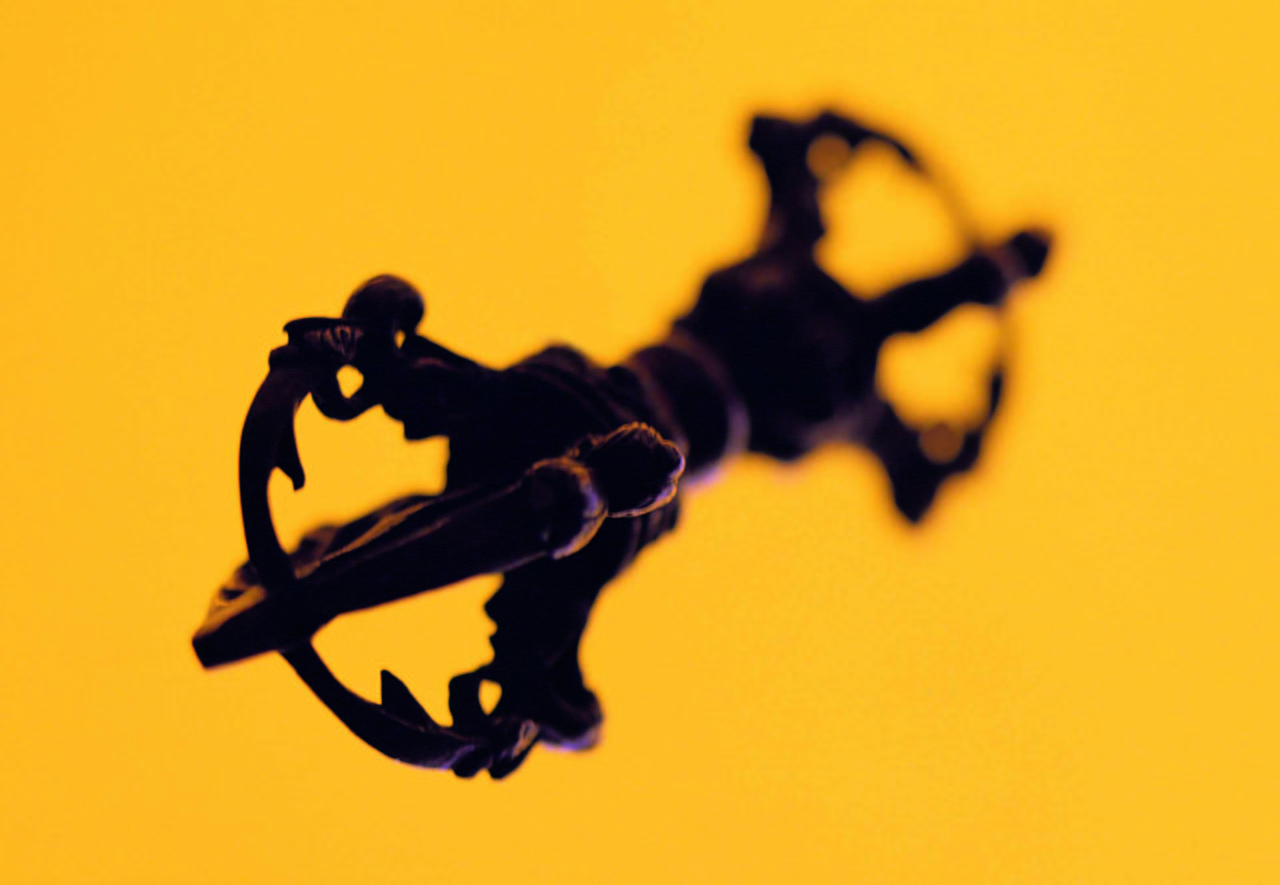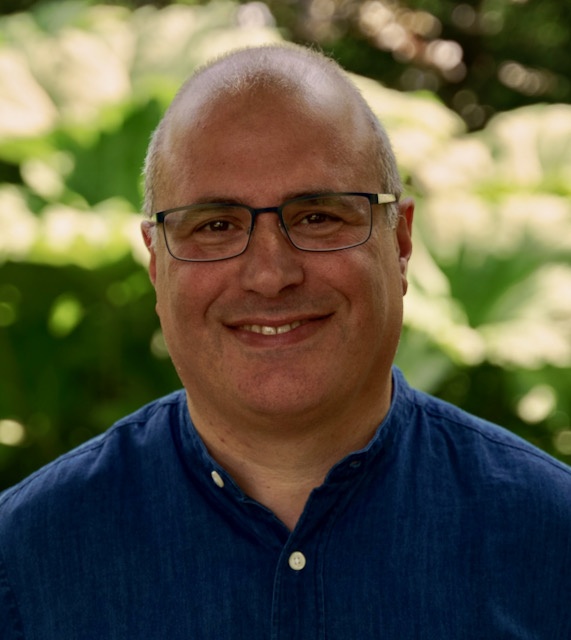How can drawing engages with the present moment, and what can it offer our wellbeing and mental health?
Last week I picked up a pencil and, for the first time in many years, I started to draw. I was co-leading a retreat with an artist friend that combined meditation with art and poetry, and she told us not to worry about being good. ‘Start moving your pencil. Make a mark.’ At first, I reverted to the point at school when I’d become self conscious and lost confidence, but as the week went on I found myself playing with contrasts and textures, looking more closely, finding meaningful images, and becoming absorbed.
If this enjoyable but apparently useless activity seems far from the list of intractable issues the Labour Party conference is discussing this week, there is a link. The challenges of the NHS are high up the list and the Darzi report recently told us that our collective mental health is deteriorating. This isn’t news and nor are the measures Darzi favours that support people’s wellbeing before their problems reach a clinical level.
One approach is social prescribing, and I’ve seen many projects that benefit people’s mental health by volunteering, connecting with nature or engaging with the arts. One benefit is the connection people make with each other, but the activities are helpful themselves, and what strikes me as a Buddhist is how they engage our attention. When we’re in the grip of stress, anxiety or depression our thoughts are directed towards the past or future, sometimes with a compulsive force. Many mental health interventions, including creative activities, work by drawing people back to the present.
A superficial version of living in the present is the stuff of fortune cookies, but within Buddhism it’s a profound practice. The Buddha says: ’Let go of what came before and let what comes next disappear,’ but he adds that the key is how we relate to the present. ‘Don’t hold on to what’s in between, and you will be at peace.’ Absorbing ourselves in our present moment experience with awareness or mindfulness has a healing quality that stimulation doesn’t bring.
Making art and being in nature are important precisely because they’re useless. They show us the richness that’s possible when we set preoccupations aside and look more closely, when, responding to what we see or feel, we pick up a pencil, and start to draw.


